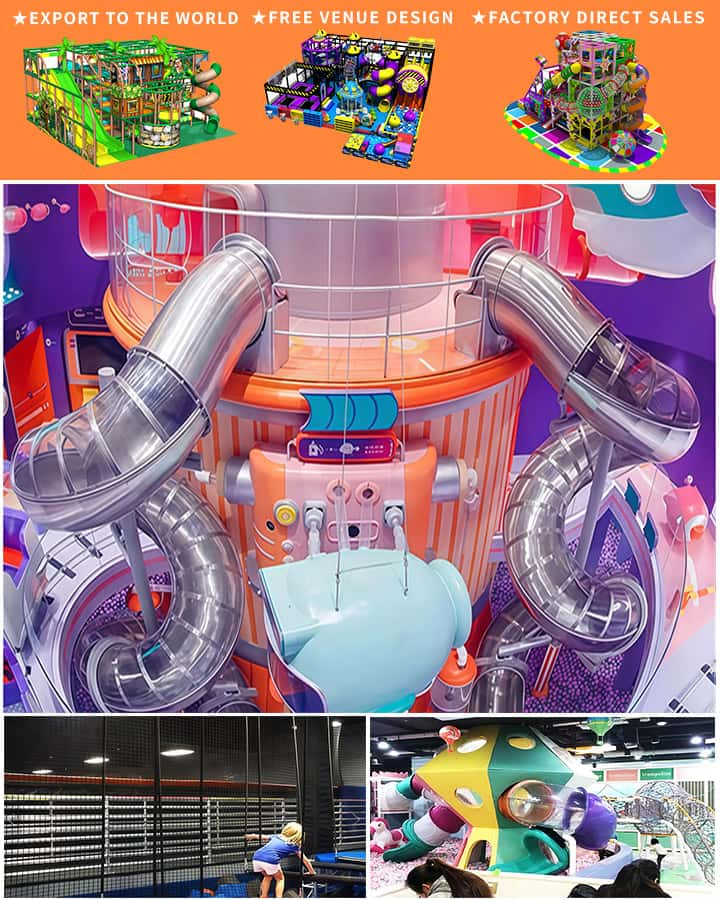Australia, known for its beautiful landscapes and innovative approach to outdoor activities, is also at the forefront of creating inclusive and engaging playgrounds. Among these are sensory playgrounds, which have become increasingly popular for their unique ability to cater to children with varying needs while promoting physical and mental development. This article explores some of the best sensory playground equipment available in Australia, highlighting their features, benefits, and how they contribute to holistic child development.
The Importance of Sensory Playgrounds
Sensory playgrounds differ from traditional play areas by incorporating elements that stimulate the senses—touch, sight, hearing, and even smell. These playgrounds are designed to be inclusive, offering enjoyable experiences for children with disabilities or special needs, as well as typically developing children. The integration of sensory-rich equipment encourages exploration, creativity, and social interaction while aiding in the development of motor skills, cognitive abilities, and emotional regulation.
Top Sensory Playground Equipment in Australia
1. Sensory Pathways
Sensory pathways are a staple in many Australian playgrounds, featuring textured surfaces that provide tactile stimulation as children walk or run along them. These pathways are often made from materials like rubberized mulch, artificial turf, or specialized foam. The different textures help improve balance and coordination while engaging the sense of touch.
2. Interactive Panels and Walls
 Interactive panels and walls add an educational component to sensory playgrounds. In Australia, you’ll find a variety of these installations that incorporate elements like braille letters, musical notes, and interactive games. Children can engage with these panels through touch and sound, enhancing their sensory experience and fostering learning through play.
Interactive panels and walls add an educational component to sensory playgrounds. In Australia, you’ll find a variety of these installations that incorporate elements like braille letters, musical notes, and interactive games. Children can engage with these panels through touch and sound, enhancing their sensory experience and fostering learning through play.
3. Musical Instruments and Features
Musical equipment, such as xylophones, drums, and chimes, are commonly found in sensory playgrounds across Australia. These instruments offer auditory stimulation and encourage children to experiment with sounds, promoting both creativity and sensory awareness. Additionally, the physical act of playing these instruments helps develop fine motor skills and hand-eye coordination.
4. Spinning and Rotating Equipment
Equipment that spins or rotates is another exciting feature of sensory playgrounds. Carousel-like structures or spinner bowls provide vestibular (inner ear) stimulation, which is crucial for balance and spatial orientation. These elements are not only fun but also beneficial for children who may need additional sensory-motor experiences to support their development.
5. Water Play Features
Water play areas, including splash pads and water tables, are incredibly popular in the warmer Australian climate. These features offer multi-sensory experiences, combining visual appeal with tactile feedback. Water play encourages social interaction and can help regulate body temperature, making it an ideal addition to sensory playgrounds.
6. Inclusive Climbing Structures
Climbing structures in sensory playgrounds are designed to be accessible to children of all abilities. They often include ramps, textured grips, and platforms at varying heights to cater to different skill levels. These structures promote physical fitness, coordination, and confidence-building while providing a safe environment for exploration and play.
Benefits of Sensory Playground Equipment
The incorporation of sensory playground equipment offers numerous benefits for children’s overall development:
- Motor Skills: Interacting with various textures and moving parts enhances fine and gross motor skills.
- Cognitive Development: Educational panels and interactive elements stimulate cognitive growth and learning.
- Social Skills: Shared play experiences encourage cooperation, turn-taking, and social bonding.
- Emotional Regulation: Sensory play helps children manage their emotions by providing outlets for expression and relaxation.
- Inclusivity: Designed to accommodate diverse needs, sensory playgrounds ensure that all children can participate and benefit from play.
Conclusion
Sensory playground equipment in Australia represents a significant advancement in creating enriching and inclusive play environments. By focusing on stimulating the senses, these playgrounds not only provide enjoyment but also support critical aspects of child development. As communities continue to recognize the importance of sensory-rich experiences, we can expect to see even more innovative and engaging equipment being introduced to Australian playgrounds. Investing in sensory playground equipment is undoubtedly an investment in the future well-being and development of our children.




